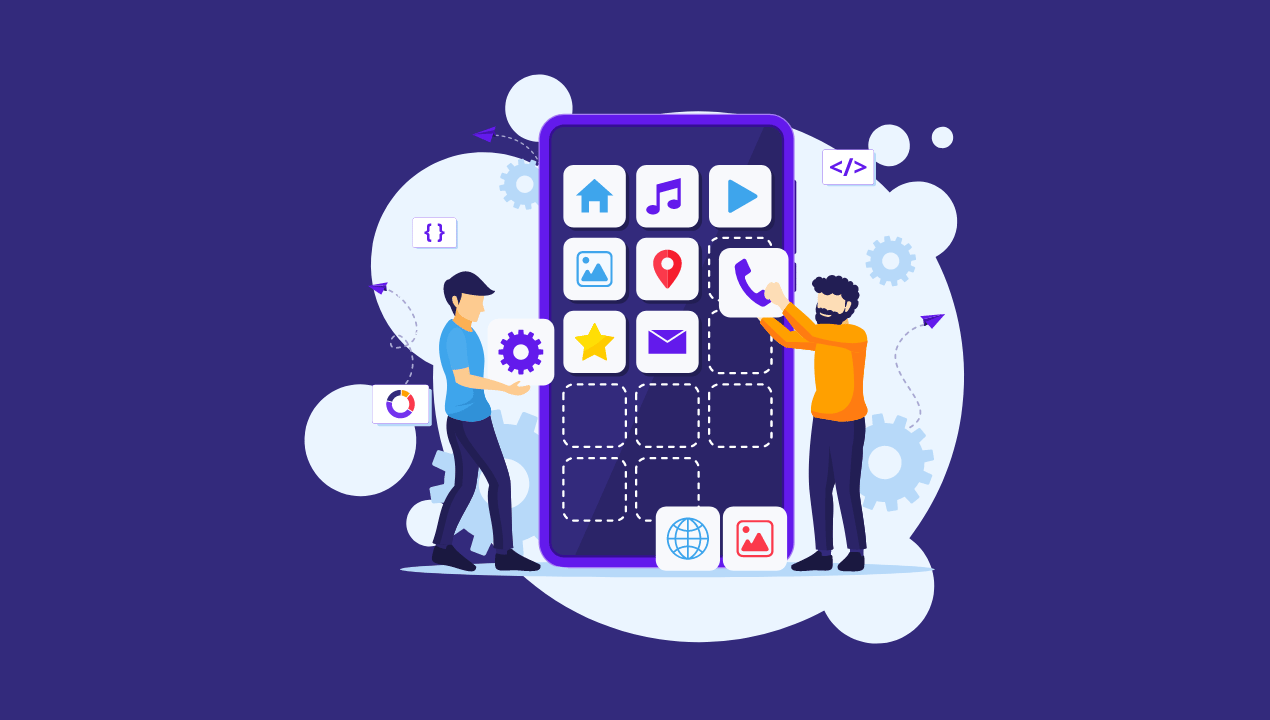In the dynamic realm of iOS app development, staying at the forefront means continuously learning and applying the latest technologies and methodologies. Apple’s Swift, SwiftUI, and ARKit stand as pillars of modern iOS development, each offering unique capabilities that, when harnessed correctly, can transform ordinary apps into extraordinary experiences. This iOS app development comprehensive guide dives into advanced techniques and best practices to elevate & bootcamp your app’s UI/UX design and security to the pinnacle of excellence with Swift SwiftUI ARKit frameworks.
Swift: The Advanced Frontier
Swift’s introduction heralded a new era in iOS app development, with its syntax that prioritizes both efficiency and clarity. However, achieving mastery in Swift means venturing beyond its surface-level benefits to unlock a profound depth of functionality. This journey involves a deep dive into generics, protocols, and closures, which are instrumental in creating versatile and maintainable code. Generics allow developers to write flexible, reusable functions and types that work with any data type, enabling a level of abstraction that significantly enhances code quality and reduces redundancy.
Protocols and Generics: A Symphony of Efficiency
The interplay between generics and protocol-oriented programming is a cornerstone of advanced Swift development. By leveraging these features, developers can craft code that is not just versatile but also adheres to the principles of clean architecture. Protocol-oriented programming, in particular, encourages a design that focuses on interfaces rather than concrete implementations, promoting a modular and decoupled structure. This approach not only facilitates easier testing and maintenance but also enhances the scalability of applications, accommodating growing complexity with grace.
Concurrency: The Path to Performance Excellence
In the realm of modern app development, managing concurrent operations efficiently is non-negotiable. Swift’s modern take on concurrency, with its async/await syntax, simplifies the creation of concurrent code, making it more accessible and less prone to errors. Mastering concurrency is essential for tasks like network requests and data processing, which, when executed concurrently, can significantly boost app performance and responsiveness, delivering a seamless experience to users. iOS app development guide with techniques & best practices to bootcamp UI/UX design & security with Swift SwiftUI ARKit frameworks.
SwiftUI: The Canvas of Creativity
SwiftUI has redefined the landscape of UI development by offering a framework that is both powerful and intuitive. Its declarative syntax simplifies the process of UI creation, allowing developers to achieve more with less code. However, true mastery of SwiftUI involves an in-depth understanding of its layout system, data management, and animation capabilities, which are pivotal in creating engaging and dynamic interfaces. iOS app development guide with techniques & best practices to bootcamp UI/UX design & security with Swift SwiftUI ARKit frameworks.
Advanced Layouts and Data Flow
Exploring SwiftUI’s advanced layout techniques unveils a world of possibilities for crafting intricate and responsive UIs. The framework’s layout system, including stacks, frames, and alignment, coupled with custom modifiers, enables developers to create a consistent and adaptive UI that provides an optimal experience across all device sizes. Furthermore, mastering SwiftUI’s approach to data flow and state management is crucial for building apps that are both dynamic and reactive, ensuring the UI remains in perfect sync with the underlying data.
Animations and Transitions: Bringing UIs to Life
Animations and transitions are vital in creating an interface that feels alive and engaging. SwiftUI offers a streamlined way to integrate these elements, allowing for the creation of complex animations with minimal code. Understanding how to effectively use custom animations, timing curves, and transition effects can transform static interfaces into vibrant, interactive experiences that captivate users.
ARKit: Engineering Immersive Realities
ARKit stands as a testament to Apple’s commitment to pushing the boundaries of what’s possible in mobile app development. It offers developers a suite of tools to create AR experiences that are not just immersive but also incredibly interactive. Mastering ARKit requires a nuanced understanding of its tracking capabilities, an aptitude for creating realistic 3D content, and the skill to weave interactive elements seamlessly into the augmented world. iOS app development guide with techniques & best practices to bootcamp UI/UX design & security with Swift SwiftUI ARKit frameworks.
Tracking, Rendering, and Interaction: iOS App Development
Delving into ARKit’s advanced tracking and world understanding capabilities enables the creation of AR experiences that are deeply integrated with the real world. This integration, when combined with high-quality 3D models and effective rendering techniques, can produce astonishingly realistic AR visuals. Furthermore, implementing interactive elements, such as gesture recognition and physics simulations, allows users to engage with virtual objects in intuitive and meaningful ways, elevating the overall AR experience.
Elevating Security in Advanced iOS Development
As the complexity of iOS apps increases, so does the need for robust security measures. Advanced encryption techniques, secure authentication methods, and regular security audits become imperative to protect user data and ensure the integrity of the app. Encryption and secure communication protocols safeguard sensitive information, while modern authentication techniques fortify the app’s defenses against unauthorized access.
Implementing Cutting-Edge Security Measures: iOS App Development
Advanced encryption techniques, such as AES for data at rest and TLS for data in transit. So, are critical for securing user data. In addition to these technical measures, adopting secure authentication methods. Including OAuth, biometric authentication, and multi-factor authentication, further strengthens an app’s security framework. Regular security audits and penetration testing play a vital role in identifying. Mitigating vulnerabilities, ensuring the app remains resilient against evolving cyber threats.
Integrating Machine Learning with Core ML
The integration of machine learning into iOS apps opens a plethora of possibilities for enhancing app functionality and user experience. Core ML, Apple’s framework for integrating machine learning models into apps. Enables developers to add sophisticated AI features easily, such as image recognition, natural language processing, and predictive analytics.
Leveraging Core ML for Intelligent Features: iOS App Development
By leveraging Core ML, developers can imbue their apps with the ability to learn from data, adapt to new inputs. So, improve over time. Whether it’s personalizing content, improving search functionality. Or creating more engaging user interactions, machine learning can significantly enhance the capabilities of an app. Exploring Core ML’s capabilities and understanding how to integrate pre-trained models. Or create custom models tailored to your app’s needs are crucial steps in unlocking the full potential of machine learning in iOS app development.
Optimizing App Performance
In a world where users expect lightning-fast responses and seamless experiences, optimizing app performance is more important than ever. Performance optimization not only improves the user experience but also contributes to better battery life and reduced resource consumption.
Techniques for Enhancing App Responsiveness and Efficiency on iOS Development
Optimizing app performance involves a multi-faceted approach, including efficient data handling, minimizing network requests, and optimizing UI rendering. Developers should focus on identifying bottlenecks through profiling and employing best practices for asynchronous programming to keep the UI responsive. Additionally, leveraging caching strategies and optimizing image and data loading can greatly reduce load times, enhancing the overall user experience.
Conclusion: The Art of iOS App Development Mastery
Mastering iOS app development is an ongoing journey of exploration, learning, and application. By delving deep into the advanced features of Swift. Embracing the creative possibilities of SwiftUI, and unlocking the immersive potential of ARKit. Developers can create apps that not only stand out for their innovation and quality. But also for their unwavering commitment to security and user experience. This journey, while challenging, is immensely rewarding. Offering the opportunity to shape the future of mobile app development with apps that inspire, engage, and protect.








